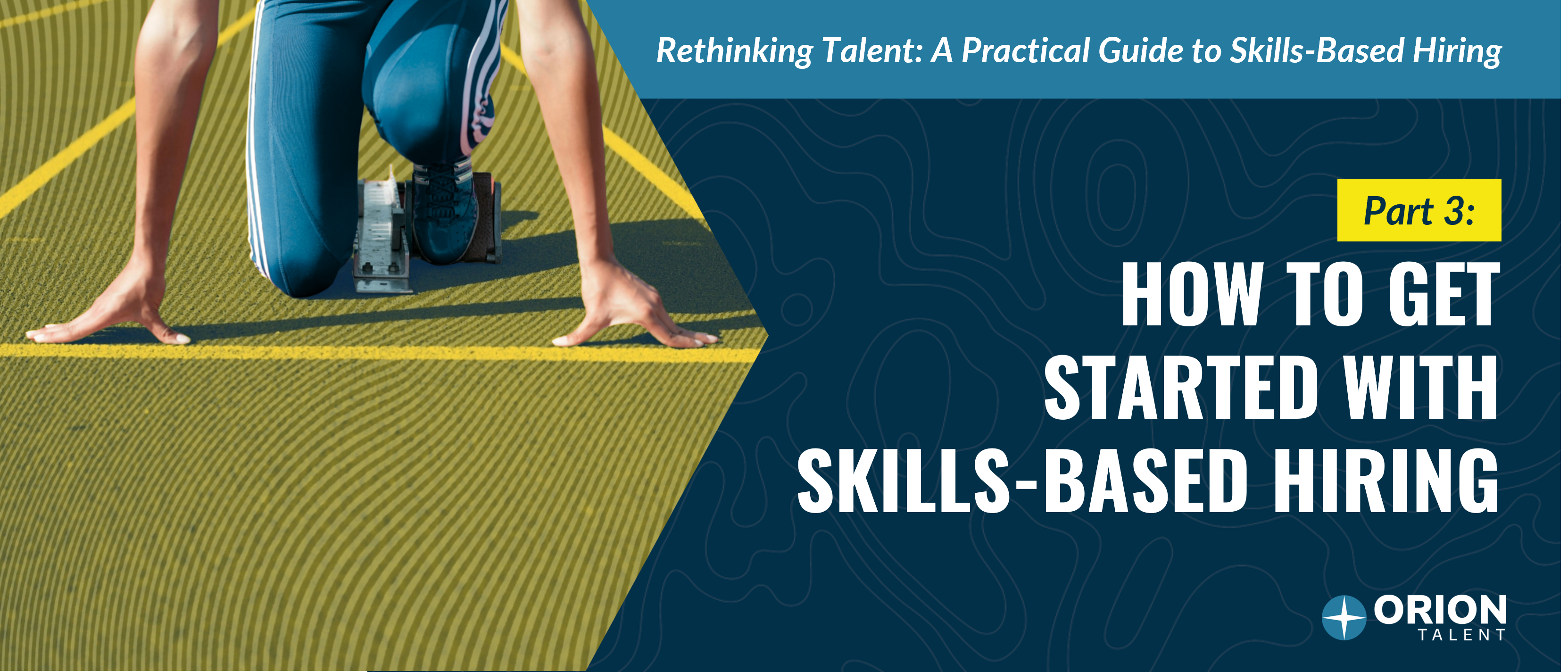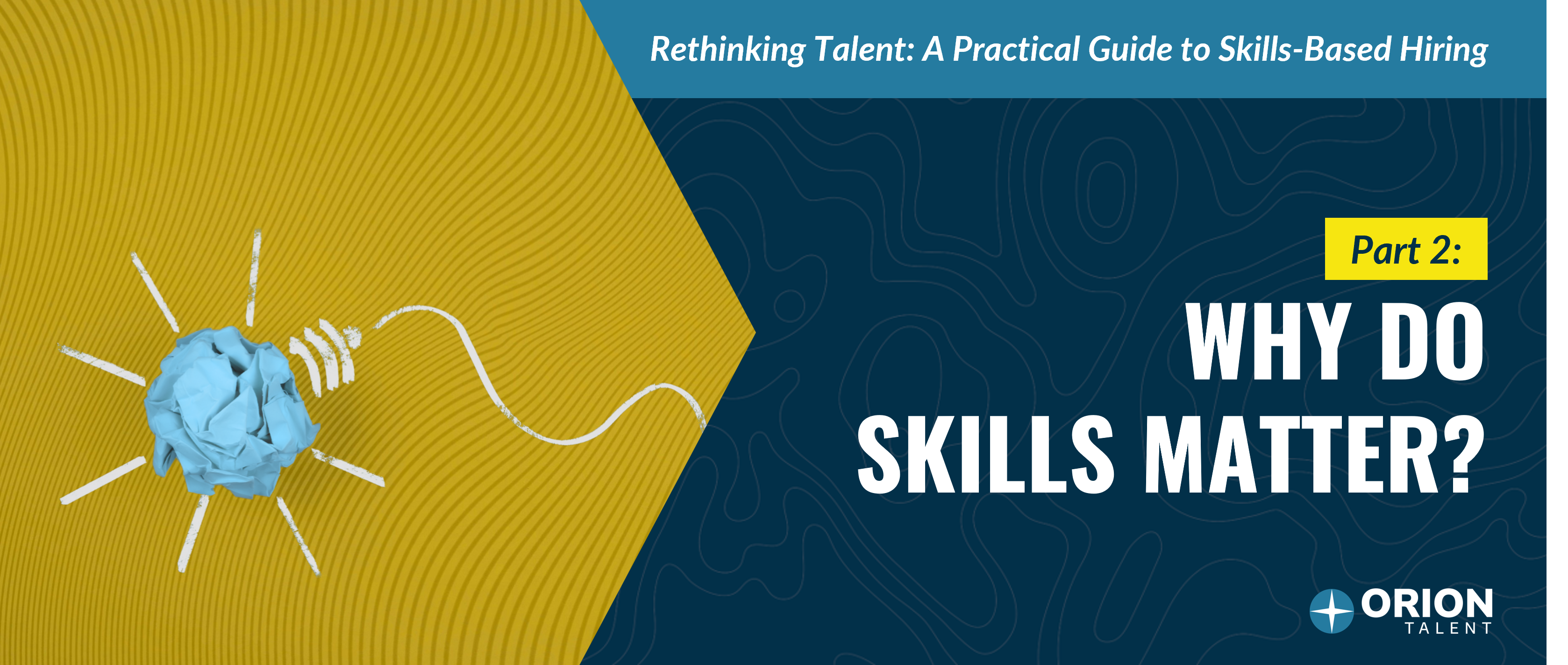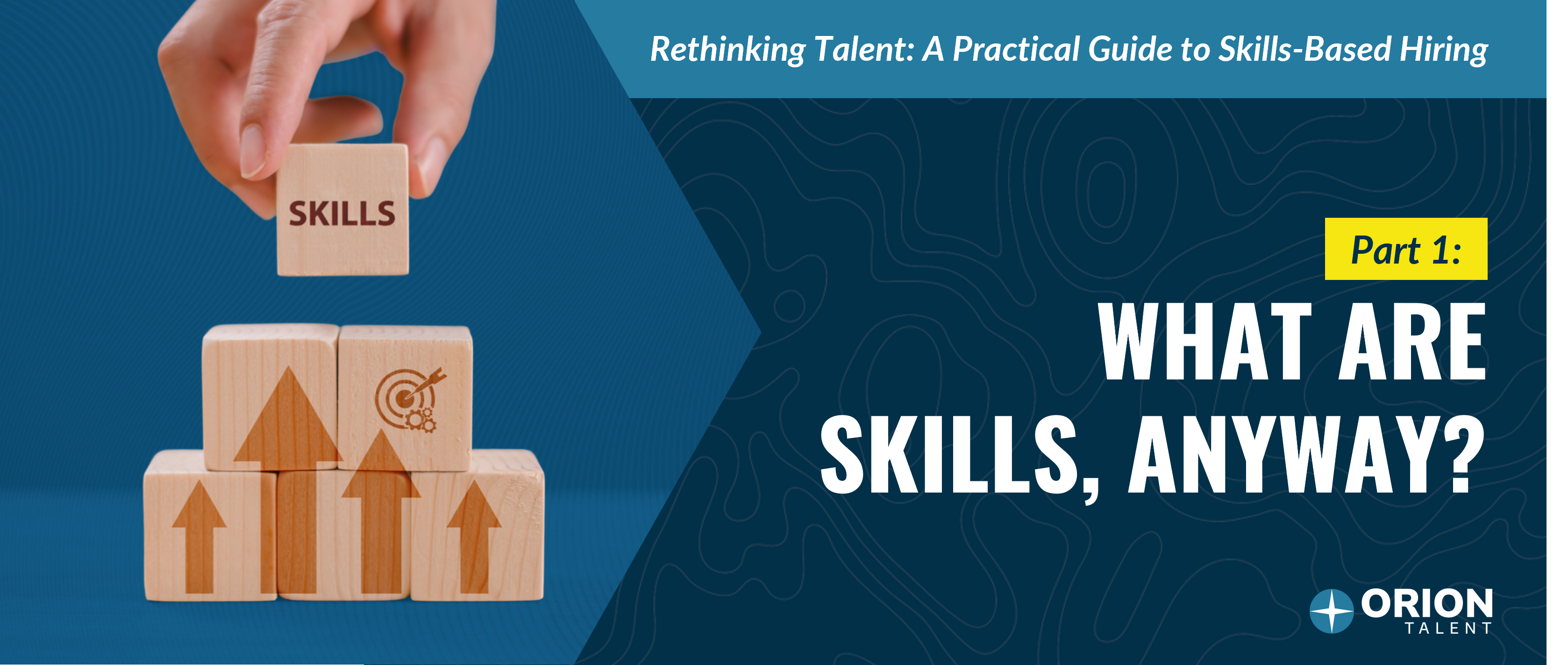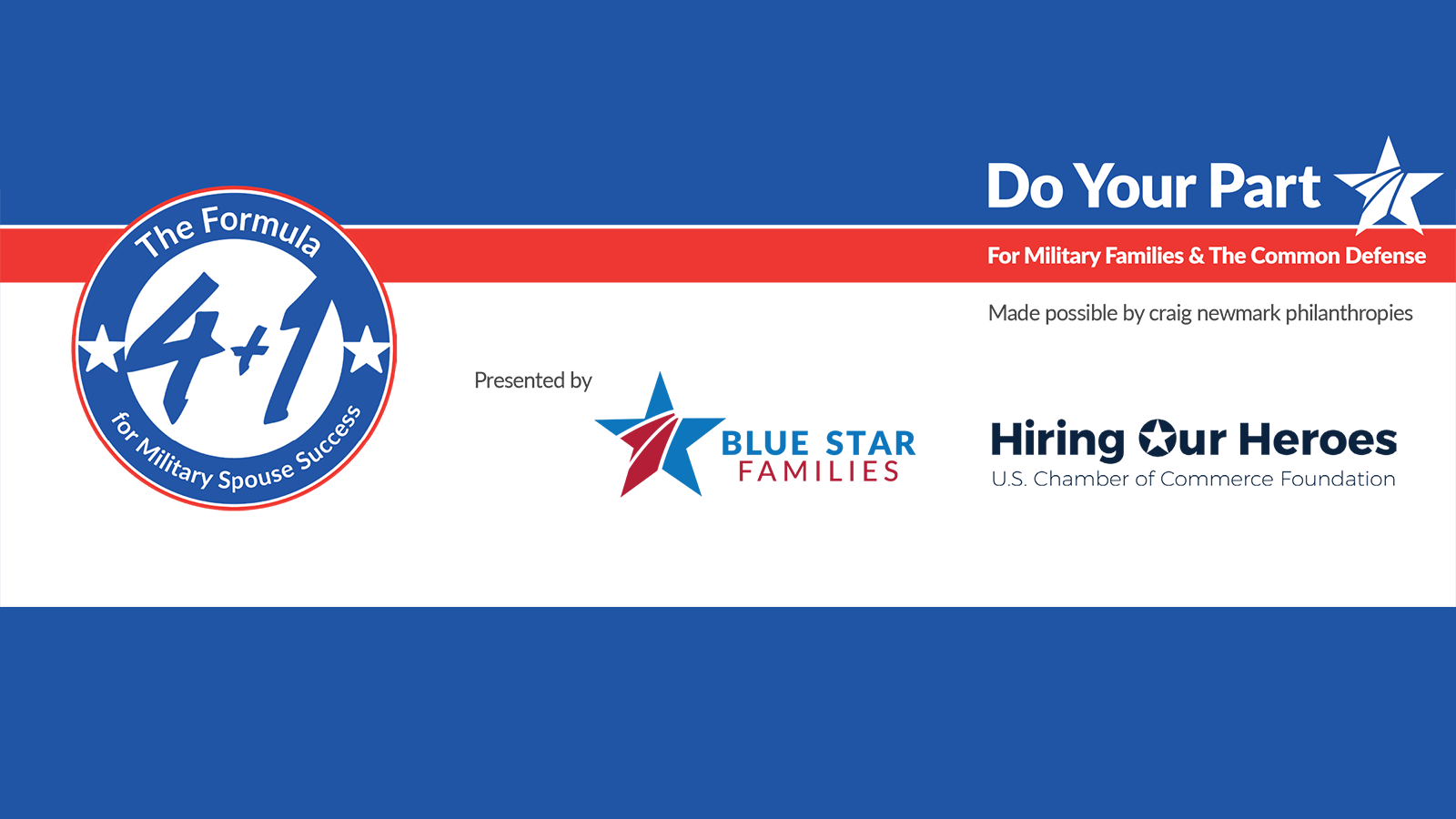Creating an interview scorecard is a valuable exercise for your entire hiring team. Not only will creating a scorecard improve the speed of your hiring, but it will also focus the attention of your hiring team on the skills and traits that separate the good candidates from the great candidates.
Too often, the desires and “gut feelings” of one or a few interviewers determine the final choice for a hire, which is neither fair nor effective. While any good hire is well-liked by their new co-workers and superiors, your company is hiring for a specific role, not running a popularity contest.
What really counts, when you get down to it, is whether or not the candidate in front of you can do the job. After you determine the answer to this essential question, then you can start to nitpick a little bit, but only within reason. Top candidates are known to be off the market within 10 days of the start of their job search, so your interview process needs to be quick enough to extend an offer within this window.
Your Interviewing Needs to Be Streamlined
If your hiring is “average,” then you’re in trouble. According to iCIMS’ U.S. Hiring Trends Q4 2015 report, it took an average of 44 days to fill a job in 2015 and it took 20% longer for small businesses.
There are a few job market conditions that are contributing to this difficulty. First, the unemployment rate held at a steady 4.9% last month, meaning that there are fewer available candidates than there have been in the past. Second, employers say they are experiencing the consequences of a “skill gap” in the labor market and, according to the iCIMS report, 80% of companies indicate that the top talent acquisition pressure they face is the shortage of critical skills in the labor pool. Finally, the desire to make great hires has led many companies to heighten their screening procedures, making the interview process stretch to its current, freaky proportions.
Here’s a breakdown of how much time is spent on each portion of the hiring process:
- 37% Hiring Manager Approval
- 23% HR Screening
- 23% Interviewing Stages
- 2% Hiring
If this doesn’t have your head spinning, then you need to take a second look.
By in large, getting hiring manager approval is the lengthiest portion of the screening process. You definitely want your hiring managers to make careful decisions, but the fact that this decision-making accounts for the most time spent during the hiring process means some changes are in order.
Create A Scorecard for your Open Job
Again, creating a scorecard for your open job will ensure that all of your interviewers are looking for the same skills in your applicants and that these applicants are all being evaluated against the same set of standards.
Given the fact that hiring manager approval is the lengthiest part of the screening process, having a clear rubric for evaluating candidates will help to shorten the length of your hiring process and assist those hiring managers in making great hires more quickly.
With so many candidates to interview and so little time to do it in, creating an interview scorecard will help to keep everyone on schedule and on the same page.
The Essentials of the Job
The demands of every job are unique, so each scorecard you create needs to start by identifying the core competencies that will translate into on-the-job success.
- What are the main deliverables of the role?
- Are there long-term projects/goals associated with this position?
- What are the tools/programs/techniques are used to create these deliverables?
- What are the essential experience benchmarks for this position?
- Which job titles demonstrate comparable skills/experience for this role?
- Often promoted faster than their civilian peers
- What sort of portfolio work will demonstrate that a candidate can produce the work that you need done?
For instance, if you were hiring a web designer for your financial services company, here is what your job essentials would look like:
Job Title: Web/Graphic Designer
Main Deliverables: Landing Pages, Web Pages, Digital Assets/Graphics
Long Term Goals: Re-Design company website for greater engagement and click rates
Tools/Programs/Techniques: WordPress, Adobe Creative Suite, HTML, CSS
Experience Benchmarks: Creation/Re-design of a major brand’s website /or/ 3-5 years of web design experience.
Comparable Job Titles: Web Developer, Web and Marketing Designer, Graphic Designer
Comparable Portfolio Work: Creation/Re-design of a major brand’s website, Creation of high quality web pages/content in the financial services sector.
Once you have identified the essential skills and experience that a candidate will be using on the job, all you need to do is format this information into a candidate scorecard.
You will be scoring each candidate based on how they stack up against the requirements of the job, but don’t forget to take notes on what leads you to these scores. When you are trying to make a decision between candidates with similar scores, these notes will help you to make your ultimate hiring decision.
The Icing on the Cake
Once you have the basic competencies figured out, it’s time to decide on the traits and skills that will elevate a workable candidate to be the right person for the job. Your open job, like your company, is unique, and understanding the conditions that make your job unique will be crucial for finding the best person to do that job.
When deciding on how best to ice your candidate cake, consult with people who will be working with the new hire or the people that the hire will report to. Though they will all want something different, you should be looking for areas of overlap in their answers.
All you have to do is ask them, “What would separate a good hire for this position from a great hire?”
Then, ask them to be specific and to explain their answers.
For instance, if you keep hearing that the perfect hire will have an advanced mastery of specific program, get your most brilliant employees to help you hone in on the specifics that separate the good from the great. This way, you will be able to probe the knowledge of your candidates in this area. If multiple sources point out the need for greater mentorship, however, then your perfect candidate will have a desire to teach as well as a mastery of the core competencies.
Once you understand the nuanced demands of the job and the team that the new hire will be joining, then you can add these traits to your Candidate scorecard. Returning to our example Web/Graphic Designer position, here are some qualities that fall outside of the basic skill requirements of the job.
Job Title: Web/Graphic Designer
Character Traits: Creative. Able to take instructions, but also able to voice concerns and problems with instructed designs/webpages.
Work Style: Focused. Able to produce work with short turnaround and never leaves tasks half-finished.
Career Desires: Ambitious. Perfect candidate wants to add a good chunk of experience to their resume with our company.
Soft Skills: Communication and collaboration. This position will involve working with departments throughout the company, so the ideal candidate is a people person and loves turning the plans of others into beautiful final products.
Here’s what this looks like when plugged into your candidate scorecard:
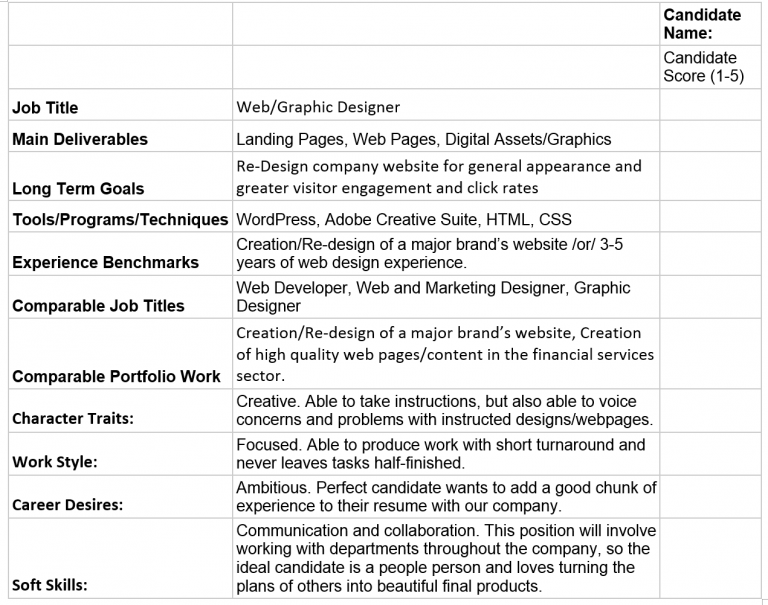
Interview Scorecard
Now that you have your completed candidate scorecard, you can grade your applicants systematically and remove the confusion and indecision that can plague the hiring process. Just be sure that your interview team continues to communicate with one another and that you are all clear on each trait or competency that is crucial for success in the job.
Archives
- January 2026
- December 2025
- November 2025
- October 2025
- September 2025
- August 2025
- July 2025
- June 2025
- May 2025
- April 2025
- March 2025
- February 2025
- October 2024
- May 2024
- March 2024
- February 2024
- January 2024
- December 2023
- November 2023
- October 2023
- September 2023
- August 2023
- July 2023
- June 2023
- May 2023
- April 2023
- March 2023
- February 2023
- January 2023
- December 2022
- November 2022
- October 2022
- September 2022
- August 2022
- July 2022
- June 2022
- May 2022
- April 2022
- March 2022
- February 2022
- January 2022
- December 2021
- November 2021
- October 2021
- September 2021
- August 2021
- July 2021
- June 2021
- May 2021
- April 2021
- March 2021
- February 2021
- January 2021
- December 2020
- November 2020
- October 2020
- September 2020
- August 2020
- July 2020
- June 2020
- May 2020
- April 2020
- March 2020
- February 2020
- January 2020
- December 2019
- November 2019
- October 2019
- September 2019
- August 2019
- July 2019
- June 2019
- May 2019
- April 2019
- March 2019
- February 2019
- January 2019
- December 2018
- November 2018
- October 2018
- September 2018
- August 2018
- July 2018
- June 2018
- May 2018
- April 2018
- March 2018
- February 2018
- January 2018
- December 2017
- November 2017
- October 2017
- September 2017
- August 2017
- July 2017
- June 2017
- May 2017
- March 2017
- February 2017
- January 2017
 RSS Feed
RSS Feed

